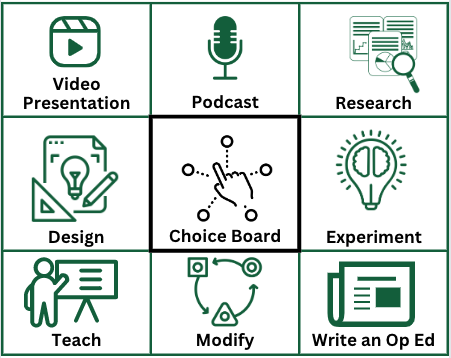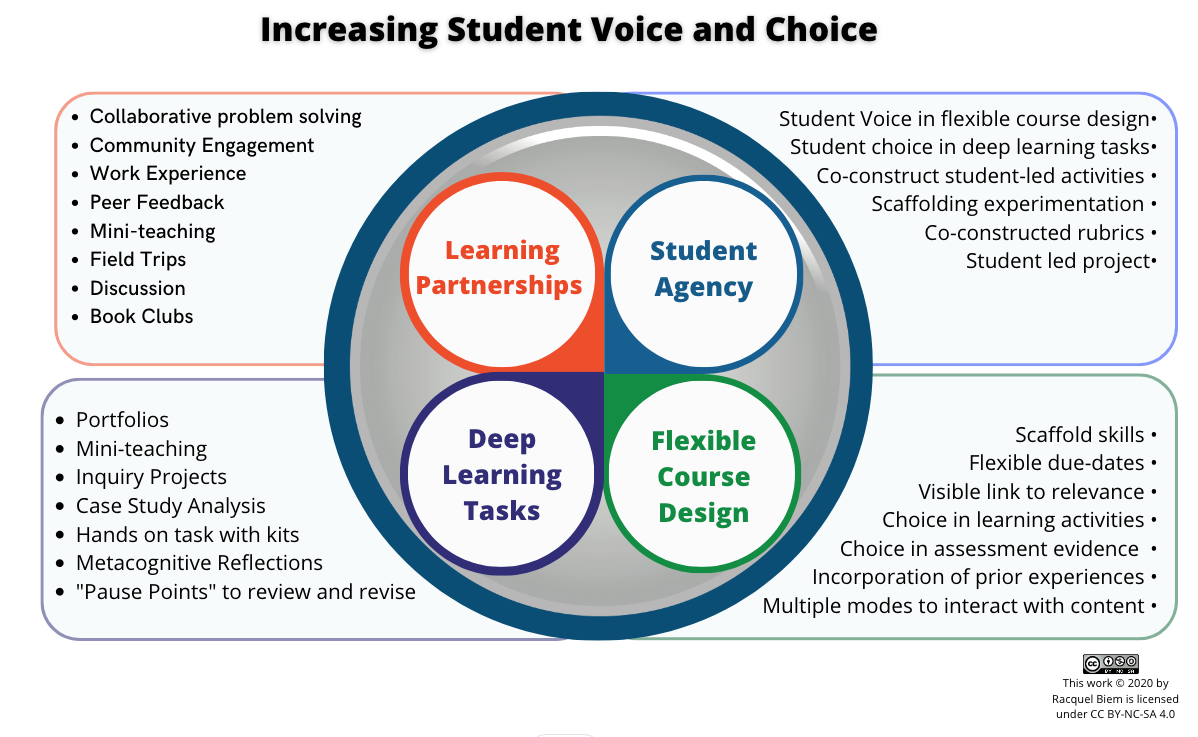Learning Through Osmosis
By Carolyn Hoessler
The phrase “learning by osmosis” conjures ideas of sleeping with a textbook or sitting near the smart students. What about in the classroom?
Lecturing while students passively listen is like letting the difference in osmotic pressure between the students’ brain and the instructor’s brain (or the classroom air) be the driving force to promote transport or diffusion of knowledge.
This statement is paraphrased from a recent conversation with a faculty member about how faculty are expected to learn about the culture of their departments (another post, perhaps) and students are expected to learn when sitting listening in a classroom.

As I learned in the conversation, osmosis operates based on the differences in osmotic pressures between the two mediums with the direction of flow occurring from the high pressurized to the lower pressurized through a porous membrane. Also importantly, “osmotic pressure depends on the molar concentration of the solute but not on its identity,” so any knowledge or thoughts existing in either instructors or students’ minds could increase pressure.
See this video for a quick refresher.
Thus, the assumption that knowledge will flow from instructors’ minds to students’ minds through osmosis has some (tongue-in-cheek) implications:
- Learning is passive: Nothing the student can do will increase speed of learning (aka. transport of knowledge). The only way students can learn faster is to have a more porous skull, or less knowledge/thoughts (molecular density) to begin with. Are our “good” learners then simply those with less in their minds?
- Unidirectional until equilibrium: The process of learning by osmosis can only be unidirectional, flowing from greater knowledge to less knowledge. The flow would then end once the pressure in students’ brains is equal to that of instructors. Is equal level of knowledge the goal? How long does it take? More than 13 weeks?
- Loss of knowledge: As knowledge would continue to flow to the next space that contains less pressure, then how can knowledge be retained by students and not leaked out upon leaving the highly pressurized classroom? How do students retain much knowledge between classes?
- Faculty need perpetual fountains of knowledge: Similar to students’ risk of losing knowledge due to ongoing transfer, how can faculty regenerate or refill with sufficient volumes of knowledge for all the classes they teach each week? How do interactions with knowledgeable colleagues increase or decrease individuals’ pressures?
- Topics may have important distinctions: A porous membrane lets through all molecules small enough to fit through. Do some topics have smaller molecules and thus more easily or frequently transported? How can faculty members control which specific knowledge molecules leave their brain and enter students’ brain?
- Knowledge is soluble: If knowledge must be suspended in a solution for transport through osmosis, perhaps our classrooms should be immersive… as in within liquid. How can we install apparatuses for students and instructors to breathe in a water-filled environment? (Unless learning occurs through diffusion… but then it flows anywhere – video)
So before your next class, remind your students to empty their brains of relevant knowledge, fill your brain as full as possible, and just hope the classroom air is the appropriate medium…
Or perhaps it is time to toss the idea of learning through osmosis and focus on how we engage students in learning beyond osmosis.


